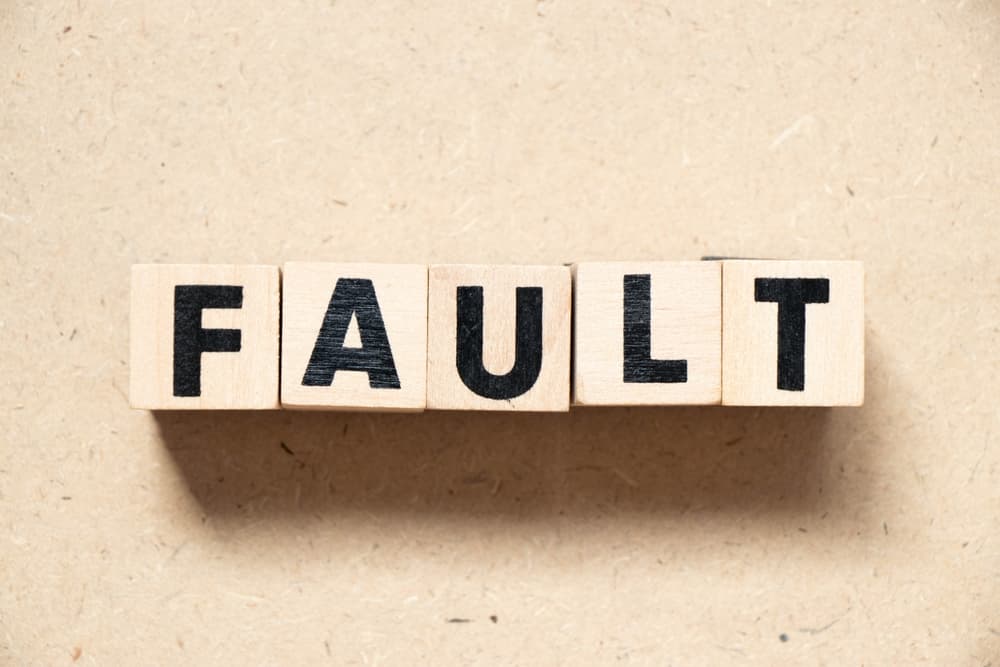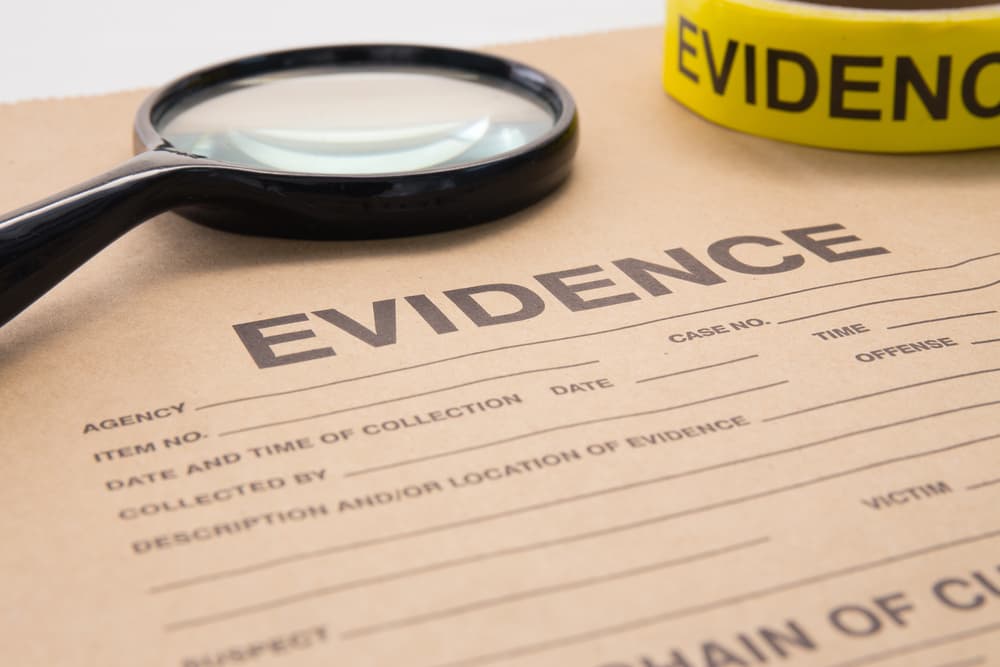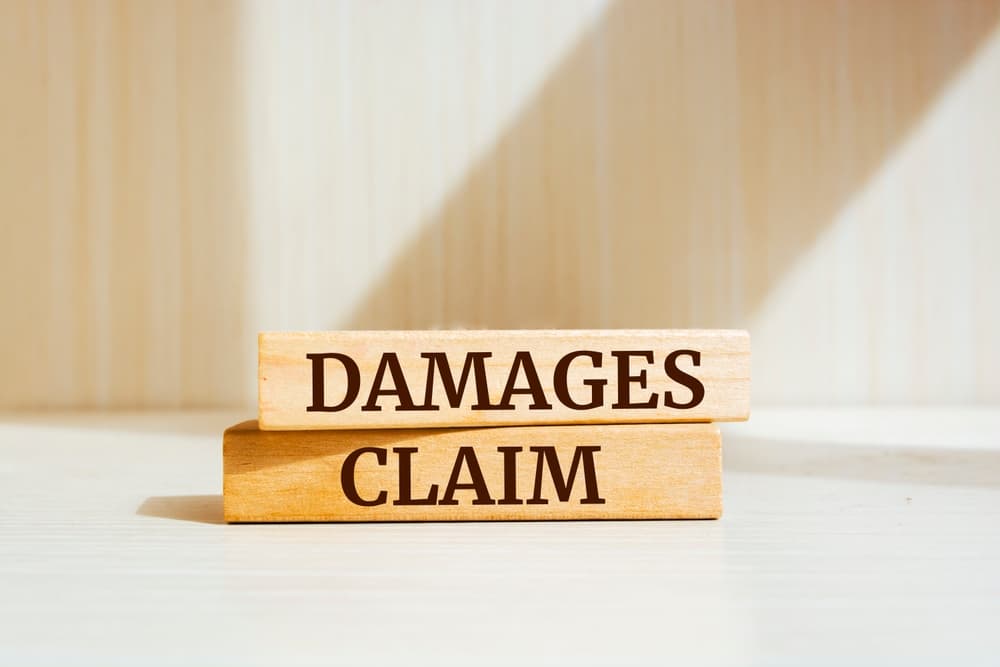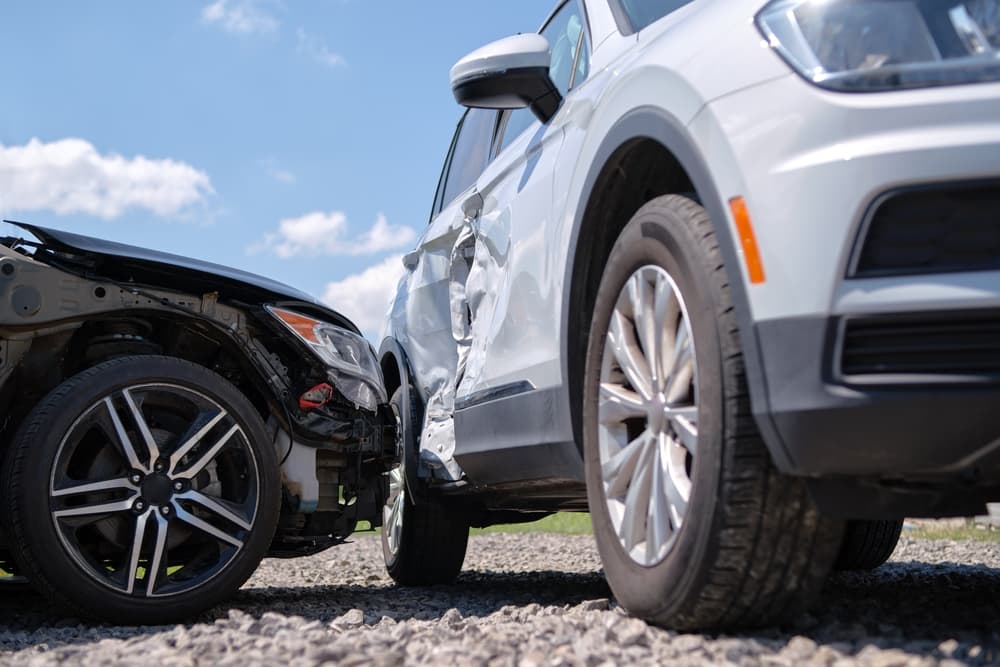When you think of a car accident, you might picture two cars hitting each other head-on or one car bumping into the back of another. But there’s another type of crash called a T-bone accident, sometimes a side-impact collision. These can be especially scary. One car slams into the side of another, creating the shape of the letter “T.” In these crashes, the people inside the car that gets hit on its side often have less protection. This can lead to more serious injuries.
After a T-bone accident, people often ask: “Who is at fault?” Fault in a T-bone crash can be tricky to figure out. Each driver might say the other one made a mistake. Insurance companies may argue about who is responsible for the damage. This blog discusses how T-bone crashes happen, how to decide fault, and which laws matter.
Why Is Fault So Important in a T-Bone Accident?
When a T-bone accident injures you, you might need money to pay for damages like hospital bills, physical therapy, or car repairs. If you weren’t the one who caused the crash, you shouldn’t have to pay for everything yourself. Fault decides who covers these costs through their insurance or personal funds.
What Laws Decide Fault in T-Bone Crashes?

Every state has its traffic laws, but many share the same basic rules:
- Right of way: Drivers must yield if they have a red light or a stop sign.
- Safe turning: If making a left turn or U-turn, ensure it’s safe before crossing lanes.
- Speed limits: Even with a green light, speeding can reduce reaction time.
Can More Than One Driver Be at Fault for a T-Bone Accident?
Yes. T-bone crashes often happen because of more than one bad decision. Maybe one driver rolled through a stop sign, and the other looked at their phone. When both drivers do something wrong, they can share the blame.
Can the Driver Turning or Changing Lanes Be at Fault?
Very often, yes. Drivers making turns or changing lanes must ensure the path is clear before they move. If another driver suddenly turns in front of you, makes a U-turn without checking, or cuts across lanes unexpectedly, they can be responsible if they cause a crash. If someone else’s negligent turn caused your accident, they might be responsible for your injuries and damages.
How Do Insurance Companies Decide Who Is Principally at Fault for a T-Bone Accident?
They investigate. They look at police reports, talk to witnesses, check the damage on the cars, see any traffic tickets, and figure out if there’s any video footage. They also follow guidelines that say a driver may be “principally at fault” if they are at least 51 percent the cause of the accident (with certain conditions, like damage over $750). However, some situations create exceptions—for example, when you park your car legally, or another driver rear-ends you while you follow all traffic laws.
What Evidence Helps Prove Fault in a T-Bone Accident?

After a T-bone accident, it’s vital to gather strong evidence. This helps clearly show who caused the crash and who should pay for your injuries, vehicle damage, and other losses. Good evidence can make all the difference in your insurance claim or legal case. Here are the most important types of evidence to collect:
Police Reports
Police officers usually respond to serious car accidents and make an official report. These reports often include the officer’s opinion about who caused the accident, details of any traffic laws broken, and statements from both drivers. Insurance companies and courts take these reports very seriously when deciding fault.
Witness Statements
Statements from people who saw your accident can be very powerful. Witnesses can confirm important details, like if the other driver ran a red light, sped through a stop sign, or turned without properly checking for traffic. Their unbiased views can back up your version of what happened.
Photos and Videos
Visual proof can clearly show how the accident occurred. Photos of the scene, including the intersection, skid marks, traffic signs, and vehicle positions after the crash, can all support your case. Videos from nearby surveillance or traffic cameras are especially useful because they show the exact sequence of events leading to the collision.
Vehicle Damage
The location and severity of damage to each car can help professionals reconstruct how the accident happened. For example, damage to the front of one vehicle and the side of another clearly shows who struck whom. These details can help prove who had the right of way and who was negligent.
Traffic Tickets and Citations
If the other driver received a ticket or citation for breaking traffic laws, like running a red light, speeding, or making an illegal turn, that citation strongly supports your claim. Traffic violations indicate negligence and help prove fault.
How Do Witnesses Affect a T-Bone Case?
If witnesses saw you had the green light and the other driver ran a red light, that’s good proof you weren’t at fault. That hurts your heart if they say they saw the other driver distracted by their phone or ignoring a stop sign. Judges and insurance companies look closely at statements from unbiased witnesses who have nothing to gain by lying.
Will My Insurance Pay Even If the Other Driver Is at Fault?
Often, your insurance can still help:
- Collision Coverage: pays for car repairs, minus any deductible, even if you didn’t cause the crash.
- Med Pay or Personal Injury Protection (PIP): pays some of your medical costs, depending on your policy.
- Uninsured/Underinsured Motorist: helps if the other driver has no insurance or not enough coverage.
You might still have to seek reimbursement from the at-fault driver’s insurance, but your own company can help you start repairs sooner.
Do I Need a Police Report After a T-Bone Crash?
It’s usually a good idea. After a T-bone crash, call the police if there are injuries or significant damage. The officer’s report can become a key piece of evidence about who was at fault. If you don’t get one, it might come down to your word against the other drivers. Also, some states require reporting any accident over a certain dollar amount of damage or any injuries.
What Damages Can I Recover After a T-Bone Crash?

- Medical expenses: All your doctor visits, hospital stays, physical therapy, and future medical care.
- Lost income: Money you couldn’t earn because you missed work.
- Pain and suffering: How much the crash hurt you physically and emotionally.
- Property damage: Fixing or replacing your car and any belongings inside.
- Future problems: If your injuries cause problems later in your life, like ongoing pain or permanent disability.
How Do I Seek Compensation for a T-Bone Crash?
You can start by filing a claim with the at-fault driver’s insurance. They’ll investigate. They might pay you a settlement if they agree their insured caused the crash. If you don’t agree with the settlement offer, you can negotiate. Sometimes, it goes smoothly; other times, they might argue about the extent of your injuries or your role in the crash.
You might consider mediation or arbitration if you can’t work it out. In mediation, a neutral third party helps both sides agree on who is at fault and how much money they should receive. Arbitration is similar, but the neutral person makes a binding decision, like a judge.
You can file a lawsuit if mediation or arbitration doesn’t resolve your claim. Then, a judge or jury will hear your case and decide fault and compensation. T-bone crashes can be complex, so an experienced car accident attorney guides you through every step.
Is There a Time Limit to File My T-Bone Accident Case?
Yes. Every state has a “statute of limitations” or deadline. Depending on where you live, it can range from one to a few years after the accident. You might lose your right to file a lawsuit if you miss the deadline.
Don’t wait too long. Even considering it, talk to a car accident lawyer to determine your deadline.
What About T-Bone Accident Cases with Very Serious Injuries or Deaths?
T-bone accidents can sometimes result in life-changing injuries or fatalities. In those situations, the damages can be very high: medical bills for surgeries, long-term rehabilitation, or funeral expenses if someone passes away. If a loved one died in a T-bone crash, the family might file a wrongful death claim against the at-fault driver. These claims can cover funeral costs, lost income the deceased may have earned, and the loss of companionship.
When Should I Talk to a Car Accident Lawyer?
As soon as possible. A lawyer immediately gathers evidence by taking photos, talking to witnesses, and preserving camera footage. They can also advise you about dealing with the insurance company so you don’t accidentally say something that hurts your claim. A lawyer can help ensure you get enough money for future medical needs if you have major injuries.
How Do I Pick the Right Lawyer After a T-Bone Accident?
Look for someone with experience in car accident cases, especially T-bone or intersection collisions. Ask questions like:
- “Have you handled T-bone accidents before?”
- “How do you charge for your services?”
- “What’s your track record in settling or winning at trial?”
- “How often do you stay in touch with clients?”
Check reviews or ask friends for recommendations. You want someone who will fight for you and keep you informed.
Will I Have to Go to Court for My T-Bone Case?
Most car accident cases settle before they reach court. The insurance companies often prefer to avoid a trial. However, if the insurer won’t offer a fair settlement or denies fault, you might have to take your case to court. A good lawyer can represent you either way. Trials can take a lot longer, but sometimes, it’s the only way to get the money you need.
How Can I Protect My Rights After a T-Bone Accident?

After a T-bone accident, it’s very important to protect your rights. Taking the right steps ensures you get fair compensation for your injuries and damages. Here are some key actions you should take:
Report the Accident to Your Insurance Company
Tell your insurance company about the accident immediately, even if you’re sure it wasn’t your fault. Your insurance needs to know to protect you if the other driver tries to blame you or if unexpected issues arise with the claim.
Don’t Sign Anything Without Understanding It
Be careful if the other driver’s insurance company sends you papers to sign. Sometimes, these documents might give away your right to future payments. Ensure you fully understand what you’re signing, and never feel rushed or pressured into agreeing.
Consider Getting Legal Advice
Talking to a lawyer clarifies your rights after a T-bone accident. A trusted car accident attorney can guide you on what steps to take, protect you from unfair insurance practices, and ensure you get the compensation you deserve for your injuries, car damage, and other losses. They can also handle communication with adjusters and opposing attorneys so you can focus on recovery.
A Car Accident Lawyer Will Protect Your Rights
A T-bone accident can turn your life upside down. Doctor visits, bills, and car repairs add up quickly. Understanding who is at fault and how the law works is important. If you’re dealing with injuries or a complicated insurance process, you don’t have to handle it alone.
A car accident lawyer navigates insurance claims, gathers evidence, and fights for the money you need to cover medical expenses, lost earnings, and more. They can also negotiate on your behalf so you don’t feel pressured or tricked by an insurance adjuster.
If you’ve been in a T-bone accident and you suspect someone else’s negligence led to your pain or losses, reach out to a trusted car accident attorney. Ask about your rights, your options, and your timeline to file. The sooner you speak with a professional, the sooner you can focus on healing while knowing someone is working hard to protect your interests.


